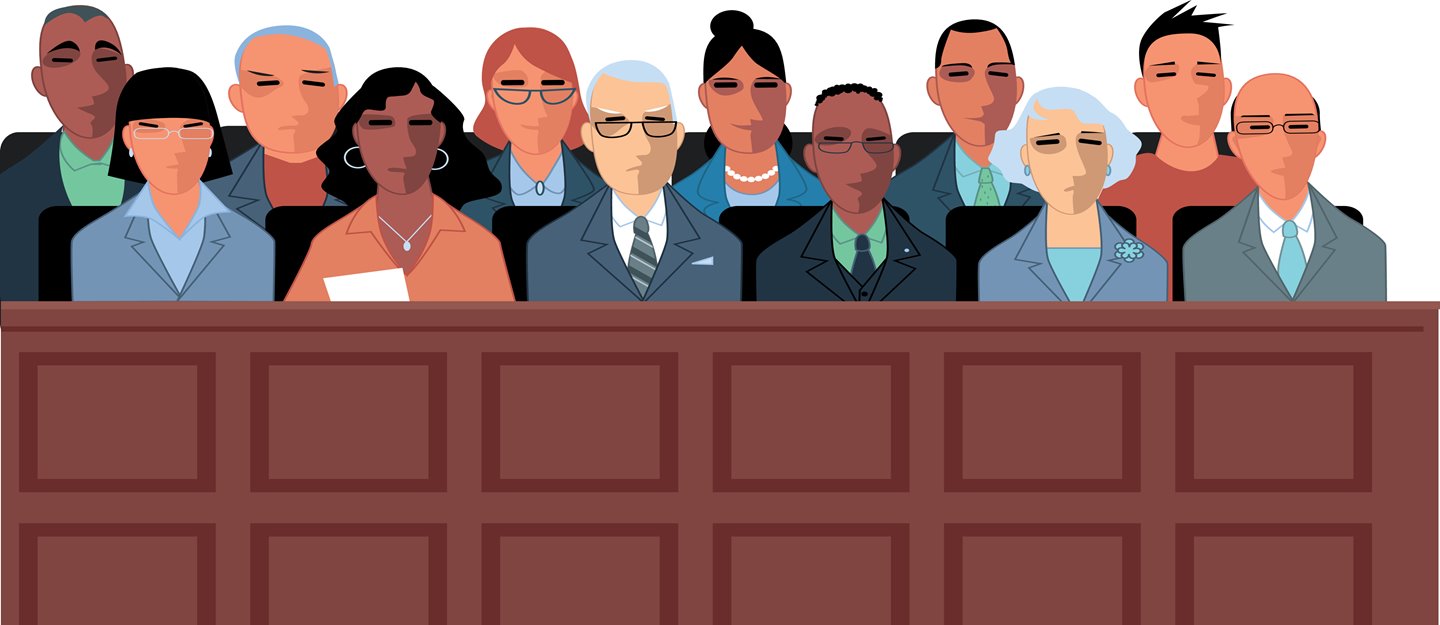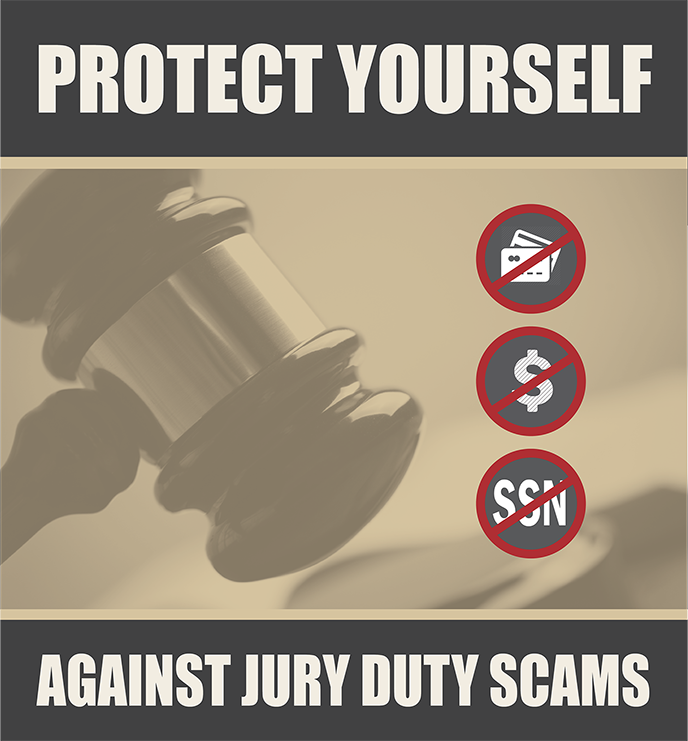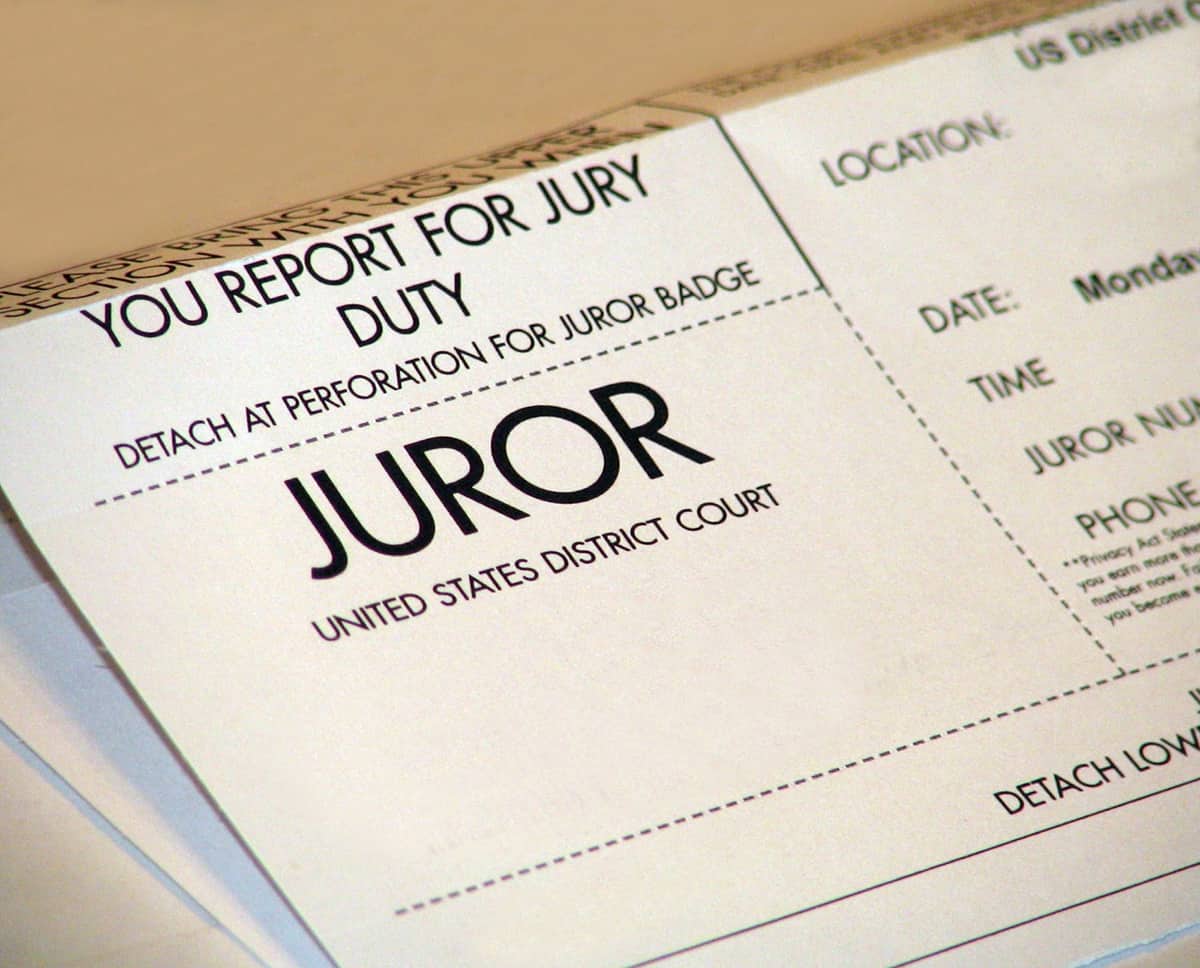
Experienced defense lawyers are aware of cognitive biases and implement debiasing techniques to promote justice. Extensive research shows that lawyers, judges and jurors are susceptible to predictable mental shortcuts. Unfortunately, these cognitive shortcuts can lead to systematic errors in judgment and potentially unjust outcomes.
WHY MUST DEFENSE ATTORNEYS BE AWARE OF COURTROOM BIASES?
Defense attorneys must actively address jury biases because an impartial jury is a fundamental right of the accused. Biases can affect juror decision-making in subtle and overt ways, and they can arise from pre-trial publicity, personal experiences, and cognitive shortcuts. Defense attorneys use a range of strategies before and during a trial to counter these biases and protect their client’s right to a fair trial. The following biases can infect every stage of a legal case:
Confirmation bias: The tendency to search for, interpret, and recall information that confirms one’s preexisting beliefs. For example, investigators who settle on an initial theory about a suspect may then selectively gather evidence to confirm it, overlooking contradictory information that could prove the suspect’s innocence.
Anchoring bias: The over-reliance on the first piece of information offered. A prosecutor’s initial demand for a lengthy sentence can “anchor” a judge’s final decision, even if the initial demand was arbitrary. Defense lawyers can mitigate this by controlling the order of evidence presentation to set a more favorable anchor for their client.
Hindsight bias: The tendency to view past events as more predictable than they were. A jury might wrongly believe a defendant should have foreseen a negative outcome, even if it was highly improbable at the time.
The rhyme-as-reason effect: The tendency to perceive statements as more truthful if they are presented in a way that is easy to understand, such as in a rhyme. The famous O.J. Simpson trial defense, “If it doesn’t fit, you must acquit,” is a textbook example of this cognitive bias being used to sway jurors.
Systemic and implicit biases: Cognitive biases can also be influenced by broader systemic issues like racial bias. For example, implicit racial biases can affect how law enforcement interacts with and perceives defendants, potentially cascading through the system to influence jurors.
DE-BIASING TECHNIQUES FOR DEFENSE LAWYERS
Defense lawyers can implement a number of techniques to counteract biases in their own practice and influence a fairer trial for their clients:
Educate the jury and judge: Provide expert testimony from cognitive psychologists to inform the court about common biases and explain how they may be at play in a given case. This encourages decision-makers to scrutinize their own thought processes.
Challenge prejudicial evidence: File motions to challenge the admissibility of evidence that may trigger biases, such as prior criminal history, especially if the defense fears it will unfairly influence a judge or jury.
Conduct blind procedures: Advocate for anonymized document reviews or blind lineups during investigations. Blinding helps to ensure that decisions are based on the merits of the evidence and not on subconscious stereotypes.
Promote deliberative decision-making: Encourage structured and slow deliberation. This might involve preparing judges with checklists or providing guided jury instructions that remind them to consider alternative explanations for the evidence.
Present alternative scenarios: During trial, frame the evidence in a way that draws attention to a plausible alternative narrative that challenges biased assumptions.
Focus on case-specific evidence: Counter representativeness heuristics (judging someone based on stereotypes) by emphasizing the unique circumstances of the defendant and the case, rather than allowing generalizations to take hold.
Jury trials are stressful and adversarial. Testifying witnesses, alleged victims, judges, attorneys and jurors all share cognitive biases heading into these proceedings. Consequently, in these spaces, people tend to assume their cognitive biases as truth without considering why they exist. Trial outcomes are affcted by bias dynamics involving age, race, sex, education, income level, etc. During jury selection, it’s extremely wise to create a space where potential jurors feel comfortable enough to discuss their biases.
Please contact my office if you, a friend or family member are charged with a crime. Hiring an effective and competent defense attorney is the first and best step toward justice.














